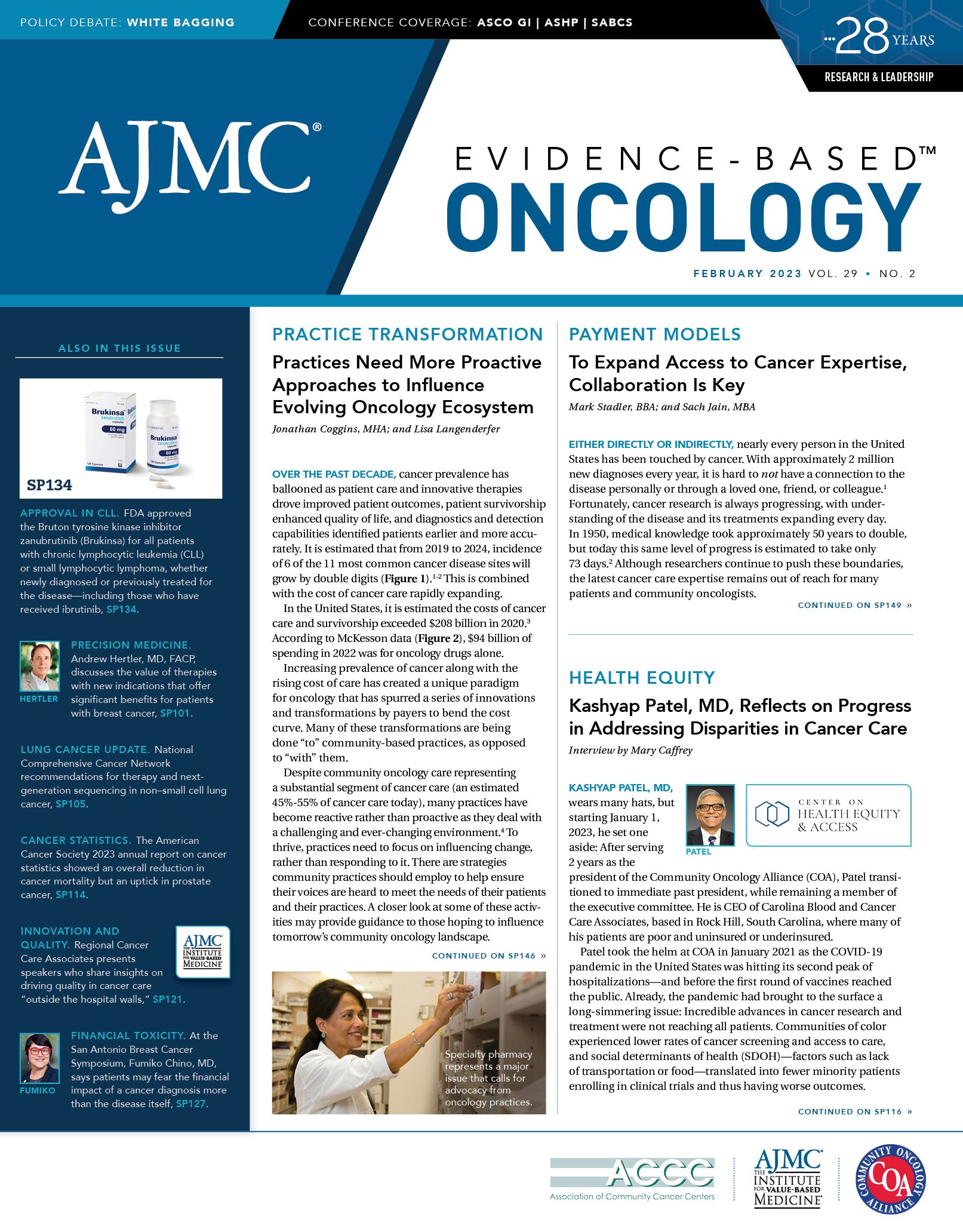- Center on Health Equity & Access
- Clinical
- Health Care Cost
- Health Care Delivery
- Insurance
- Policy
- Technology
- Value-Based Care
Our Rashomon Moment
In the 1950 film Rashomon, director Akira Kurosawa recounts the story of a crime from the perspective of 4 different characters. Each tells their version of the events, which do not overlap and at times diverge irreconcilably. Over the past 73 years, the word Rashomon has entered popular culture as a metaphor for the effect of biases, blind spots, and preconceptions upon an individual’s or group’s view of events or controversies.
Navigating the respective parallax views of the many stakeholders in oncology, at a time when clinicians must deliver increasingly complex care based on precision medicine while facing extraordinary pressure to reduce costs, is a near Sisyphean task. Over the past decade we have witnessed more than 10 new cancer drug approvals annually; in some years there have been more than 20 new drug approvals.1 Advances in genomic, transcriptomic, and proteomic knowledge have upended much of what we thought we knew about cancer just a decade ago. These advances, coupled with the rapidly growing anticancer armamentarium, have produced tangible beneficial results for patients. Cancer Statistics 2023, a report by the American Cancer Society published in January, examines significant improvements in cancer survival rates that have been achieved through advances in therapeutics and earlier diagnoses.2
Yet there is more to this story that muddies a narrative of unparalleled success in treating patients with cancer. As treatment options and care complexity have grown, the cost of care has escalated at an extraordinary pace. The average price for a new cancer drug now exceeds $150,000 per year.1 Some treatment regimens exceed $250,000 per year, and there is no clear end in sight to these escalating care costs.3 All of these care costs rapidly add up to massive numbers when aggregated across the US population. National cancer care costs are expected to exceed $245 billion by 2030.4 All of this is occurring at a time when national health care expenditures are growing at an unsustainable rate. The California Health Care Foundation notes, “A 2.2% reduction in [gross domestic product] raised health care’s share of the economy (in 2020) to 19.7%, up from 17.6% in 2019. Health care spending averaged $12,530 per person, up from $11,462 in 2019.”5
Cost matters. Access to quality care matters. Navigating the straits between Scylla and Charybdis will not be easy. In this issue of Evidence-Based Oncology™, an example of this struggle is contained in a pair of policy articles from The US Oncology Network and AHIP, each offering a distinct viewpoint on prescription drug costs and specialty cancer drugs. Additional dimensions of the oncology ecosystem are also covered in this issue, as well as updates on our growing cancer care portfolio.
We are also pleased to present coverage and interviews that are part of a new initiative at The American Journal of Managed Care®: the Center on Health Equity & Access. The issue features an interview with my colleague and associate editor Kashyap Patel, MD, on his efforts to address cancer care disparities during his term as president of the Community Oncology Alliance, as well as efforts that are happening at the highest levels of government and within individual practices. Taking on cancer care disparities not only is the right thing to do, but it also speaks to the broader challenges of quality that value-based care aims to address.
The path forward begins with an acknowledgment that costs matter and quality matters. The best path forward is to marry these concerns by achieving the highest-value, most patient-centered care possible. In doing this, we may foster more productive conversations that focus on value rather than perseverating on discussions of isolated transactional care costs. What happens next is up to us and depends on our ability to tap our creativity and commitment to build increasingly sustainable models and systems for cancer care.
References
1. The new age of oncology drugs. Optum. Accessed February 2, 2023. http://bit.ly/3X3TvN4
2. Siegel RL, Miller KD, Wagle NS, Jemal A. Cancer statistics 2023. CA Cancer J Clin. 2023;(1):17-48. doi:10.3322/caac.21763
3. Can we afford the cost of myeloma therapy? Medscape. June 25, 2018. Accessed February 2, 2023. https://www.medscape.com/viewarticle/898450
4. Cancer care costs in the United States are expected to exceed $245 billion by 2030. News release. American Association for Cancer Research. June 10, 2020. Accessed February 2, 2023. http://bit.ly/3WTNZN6
5. Wilson K. 2022 edition — health care costs 101. California Health Care Foundation. October 19, 2022. Accessed February 2, 2023. https://www.chcf.org/publication/2022-edition-health-care-costs-101/

Managed Care Reflections: A Q&A With Laurie C. Zephyrin, MD, MPH, MBA
November 12th 2025To mark the 30th anniversary of The American Journal of Managed Care, each issue in 2025 includes a special feature: reflections from a thought leader on what has changed—and what has not—over the past 3 decades and what’s next for managed care. The November issue features a conversation with Laurie C. Zephyrin, MD, MPH, MBA, senior vice president for achieving equitable outcomes at the Commonwealth Fund. This interview has been edited for length and clarity.
Read More
